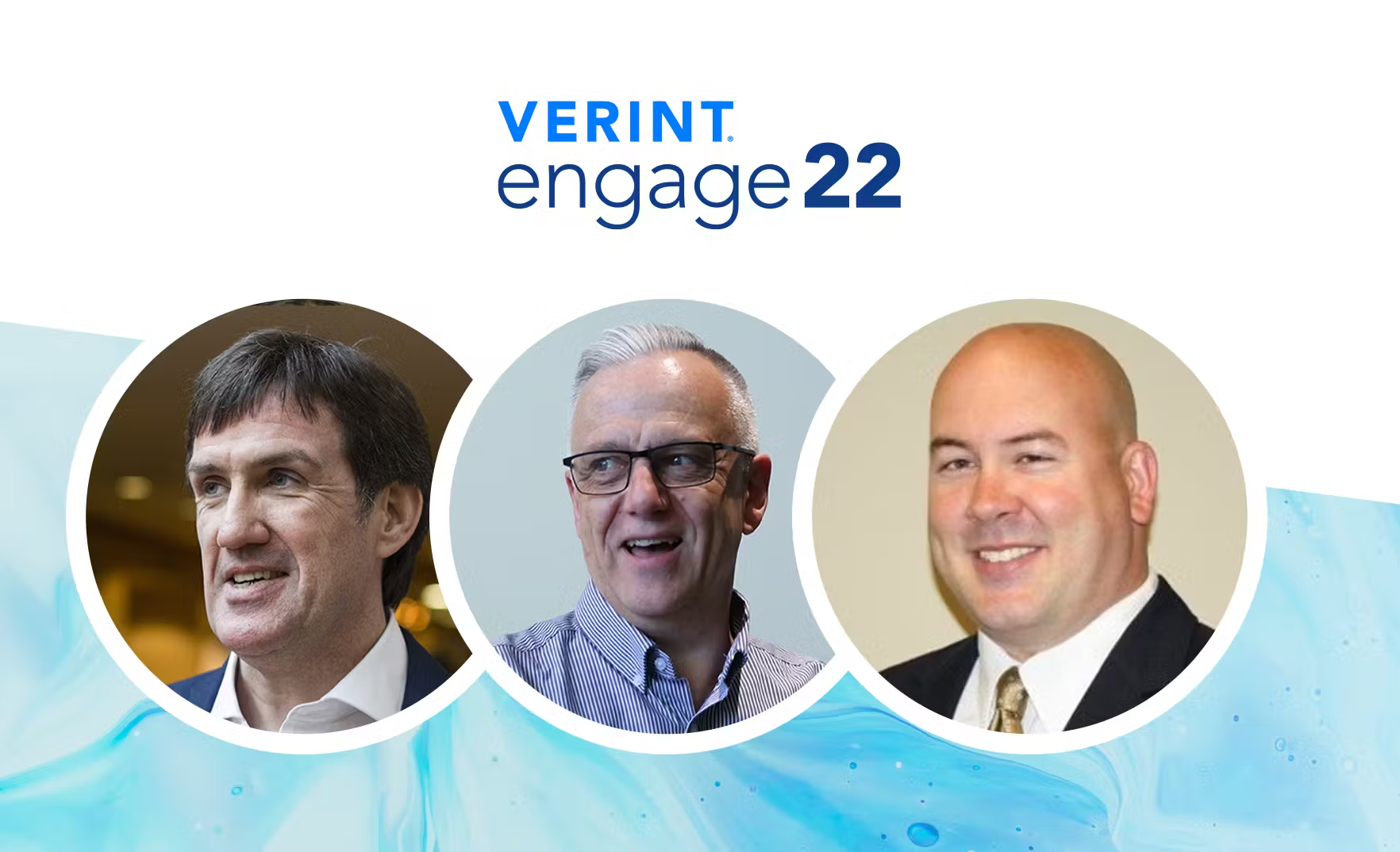
Recording vs. Compliance Recording—The Difference That Can Cost You


An expert’s view on the importance of capturing persistent chat in Microsoft Teams
Hybrid work has made compliance more complicated than ever, but nowhere more so than in the financial markets. With the worldwide adoption of UC tools such as Microsoft Teams, financial firms must be on the lookout for frequently updated laws and regulations, as well as possible compliance gaps that might hail from the use of their chosen platform.
One such gap could be caused by not capturing persistent chats—that is long-time, standalone conversations—in Microsoft Teams. Explaining the difference between persistent chat and regular chat and why capturing the former is vital in financial services is Phil Fry, Vice President and Go-to-Market Lead of Financial Compliance Strategy at Verint. Here’s his expert’s view in a nutshell:
- As opposed to regular ‘sidebar’ chats, persistent chats exist indefinitely and independently from any voice or video meeting
- Compliance investigations go beyond one-off conversations; therefore, persistent chat needs the same compliance treatment as any other interaction
- Most Teams recording vendors only record voice and video calls and the accompanying sidebar chat
- Verint Financial Compliance is the only solution in the market that can capture persistent chat, thus helping companies maintain full compliance.
Erik Joo (E.J.): What is persistent chat, and how is it different from regular chat?
Phil Fry (P.F.): When it comes to chat capture, what most people consider ‘chat’ is in fact a ‘sidebar’ chat which takes place only when a participant of a Teams call or video call sends a message or attaches a document in the chat space of the meeting. These chats are one-off conversations over a specific period of time which can be captured using bots.
Persistent chats, on the other hand, are chats that don’t end with a meeting. They are on-going dialogues that span a long period of time. Imagine two people having a detailed conversation around a certain subject, then suspending it for a while because one of the participants needs to do some research. Two weeks later, that person comes back with a response, and the chat continues. They may never engage in a voice or video conversation; their exchange exists purely in the chat space within Microsoft Teams. And that conversation can go on for months between those two people—or more if they decide to involve others. What’s more, in addition to their own peer-to-peer chat, they might also engage in group or channel conversations. These are all what we call persistent chats.
E.J.: Why is it important to give persistent chat the same compliance treatment?
P.F.: Compliance is about every conversation, everything you do. And that includes persistent chats. They’re not immune to the regulations just because they’re persistent. When there’s a compliance investigation, they want to look at the entire communication—not just a one-off chat in a meeting. Everything starting from the first message, including all subsequent responses, attachments, and each person that joined the conversation along the way, should be included regardless of when it happened. That’s what capturing persistent chat is about—it’s being able to construct the entire communication end to end, however long it goes on.
And the reason it’s important is because in the financial sector, regulations dictate that you must capture each and every interaction that could be related to a trade. And that includes on-going conversations—or persistent chats—too.
And besides Teams, this applies to all other platforms as well, including WhatsApp, WeChat, and all the rest—you must be able to capture the entire communication across devices and modalities to be able to demonstrate full compliance. And when it comes down to it, persistent chat is just another form of communication you need to capture.
E.J.: Many vendors in the market claim they record Microsoft Teams. What exactly are you getting when someone sells you Teams capture?
P.F.: When a recording vendor says they can capture Teams, you may find that their definition of ‘Teams capture’ is different from what you expect.
Depending on their capabilities, what you get is the ability to capture a bot-based audio or video conversation with the sidebar chat, but nothing outside that conversation. Everything that’s said and done within other chats or channels remains uncaptured and therefore poses a serious risk to the organization.
But even in the sidebar chats they do capture you can find deficiencies like in the case of attachments. As an example, when someone attaches a document in the chat, they capture the link to that document, but not the document itself.
The problem with this, however, is if somebody changes the document afterward, they don’t capture that—you’ll only see a one-off link to the file. There’s no way of tracking the changes that have been made. To sum up, what you get to capture is just a window of communication—which can be either an audio or a video call—but nothing beyond that.
E.J.: What makes Verint Financial Compliance (VFC) different from other capture solutions?
P.F.: With VFC, you can of course record these voice and video calls with their sidebar chats, but you also get the ability to capture every interaction outside of these one-off conversations. If you have a video call with someone, then send them a follow-up message two weeks later, we capture that. If you send a GIF or a meme, or react to a message with a smiley face or a thumbs down, we capture that as well. And if you attach a document, we capture the document itself—not just the link to it.
So, if you make changes and send the document again, it’ll be captured as a separate file.
To put it simply, VFC captures everything that happens within Microsoft Teams—even beyond one-off audio or video conversations. And we are the only ones who can do this in the market.
And there’s also conditional recording and bot grouping support, which are both unique features of VFC. And this is all interconnected with what we call Human Compliance™, Verint’s mission to shift the focus from technologies and capturing standalone communication channels to the alignment of data around people.
Today, in the age of hybrid work, this is more important than ever. So, we keep proactively developing our solution to be able to tackle the modern compliance challenges of the financial sector.
To learn more about compliance capture in Microsoft Teams and how Verint Financial Compliance pioneers the field with market-leading features, visit our website at https://www.verint.com/financial-compliance/.

